
Pokeweed (Phytolacca americana): The Beautiful but Dan.gerous Plant You Should Avoid

At first glance, pokeweed might look beautiful - tall, lush, and decorated with clusters of deep purple berries that resemble grapes. You’ll often find it growing wild along fences, forest edges, or abandoned lots, giving off a vibrant, almost ornamental vibe.
But behind its pretty appearance lies a serious danger.
Pokeweed (Phytolacca americana) is one of those plants you should admire from afar. Every part of it - from the roots to the berries - contains toxic compounds that can make humans and animals extremely sick.
Let’s take a closer look at what makes this plant so dan.gerous, how to identify it, and what to do if you ever come in contact with it.
1. What Is Pokeweed?
Pokeweed, scientifically known as Phytolacca americana, is a perennial herb native to North America. It can grow up to 10 feet tall, with thick reddish-purple stems, large green leaves, and drooping clusters of white flowers that turn into dark purple berries in late summer.
It’s commonly found in:
-
Rural fields and pastures
-
Roadsides and ditches
-
Woodland clearings
-
Abandoned gardens or farms
Although it’s sometimes admired for its dramatic look, pokeweed is considered a noxious weed - meaning it’s invasive, hard to control, and potentially ha.rmful.
2. The Hidden Danger: Why Pokeweed Is Toxic
All parts of the pokeweed plant contain toxic substances known as saponins and alkaloids, especially phytolaccatoxin and phytolaccigenin. These chemicals can disrupt cell membranes, irritate the digestive system, and even affect the nervous and respiratory systems.
Here’s how toxicity varies by part:
-
Roots: The most poisonous part; even tiny amounts can cause severe poisoning.
-
Leaves and stems: Toxic, especially when raw or mature.
-
Berries: Contain lower levels of toxin when ripe but are still unsafe, particularly for children.
Animals aren’t immune either - livestock, poultry, and pets can all get sick from eating pokeweed leaves or berries.
3. What Happens If You Eat Pokeweed?
Symptoms of pokeweed poisoning usually appear within a few hours of ingestion.
They can range from mild stomach upset to life-threatening complications, depending on how much was consumed.
Common symptoms include:
-
Severe nausea and vomiting
-
Abdominal cramps and diarrhea (sometimes bloody)
-
Burning sensation in the mouth and throat
-
Difficulty breathing
-
Weakness, dizziness, and convulsions in severe cases
In large doses, pokeweed toxins can lead to respiratory failure, convulsions, or even de.ath. Immediate medical attention is crucial if someone is suspected of consuming any part of the plant.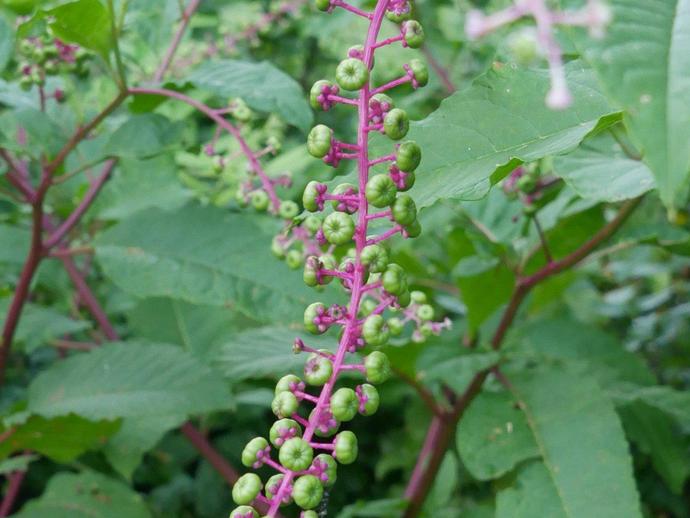
4. Can Touching Pokeweed Be Dan.gerous?
Yes - even skin contact can cause irritation for some people.
The sap of the plant contains compounds that can lead to redness, rashes, or blisters, particularly in individuals with sensitive skin or open cuts.
If you need to remove pokeweed from your garden:
-
Always wear gloves, long sleeves, and eye protection.
-
Avoid burning the plant - the smoke can irritate your lungs.
-
Dispose of it safely in sealed bags, not compost piles.
5. Common Mistakes: Why People Confuse Pokeweed with Edible Plants
One major reason pokeweed poisoning still happens today is misidentification. The plant’s young shoots resemble asparagus or wild spinach, leading foragers to mistake it for edible greens.
While some traditional recipes — especially in the American South — use “poke sallet”, which involves boiling young shoots several times to reduce toxicity, modern health experts strongly discourage this practice. Even small preparation errors can leave dangerous amounts of toxin behind.
As the Centers for Disease Control and Prevention (CDC) warns, there’s no completely safe way to consume pokeweed. Cooking doesn’t destroy all the harmful compounds.
6. The Historical Context: Medicine, Dye, and Folklore
Interestingly, pokeweed has a long and colorful history.
Native American tribes once used it in folk medicine, believing it could treat ailments like skin infections, arthritis, and inflammation. Early settlers also used its berries to make dye for fabrics and even ink.
However, as scientific understanding evolved, researchers confirmed that the plant’s medicinal use carries significant risk. The same compounds once thought to “cleanse the body” can actually cause severe poisoning if ingested in improper doses.
Even the bright berry ink - once used for writing letters and dyeing wool - can stain skin and cause irritation if handled carelessly.
7. How to Identify Pokeweed
Knowing what pokeweed looks like is the best way to stay safe. Here’s how to spot it:
Warning: Even the berries - which look tempting and edible - are not safe to eat. Children are particularly at risk because of their sweet appearance.
8. Is Pokeweed Dangerous to Animals and Pets?
Absolutely. Dogs, cats, horses, cows, goats, and birds can all be affected by pokeweed toxicity.
Animals that graze in infested areas may accidentally consume the leaves or roots, leading to symptoms such as:
-
Drooling
-
Vomiting or diarrhea
-
Tremors
-
Difficulty walking
-
Lethargy or collapse
If you suspect your pet has eaten pokeweed, contact a veterinarian immediately. Early treatment can make a major difference.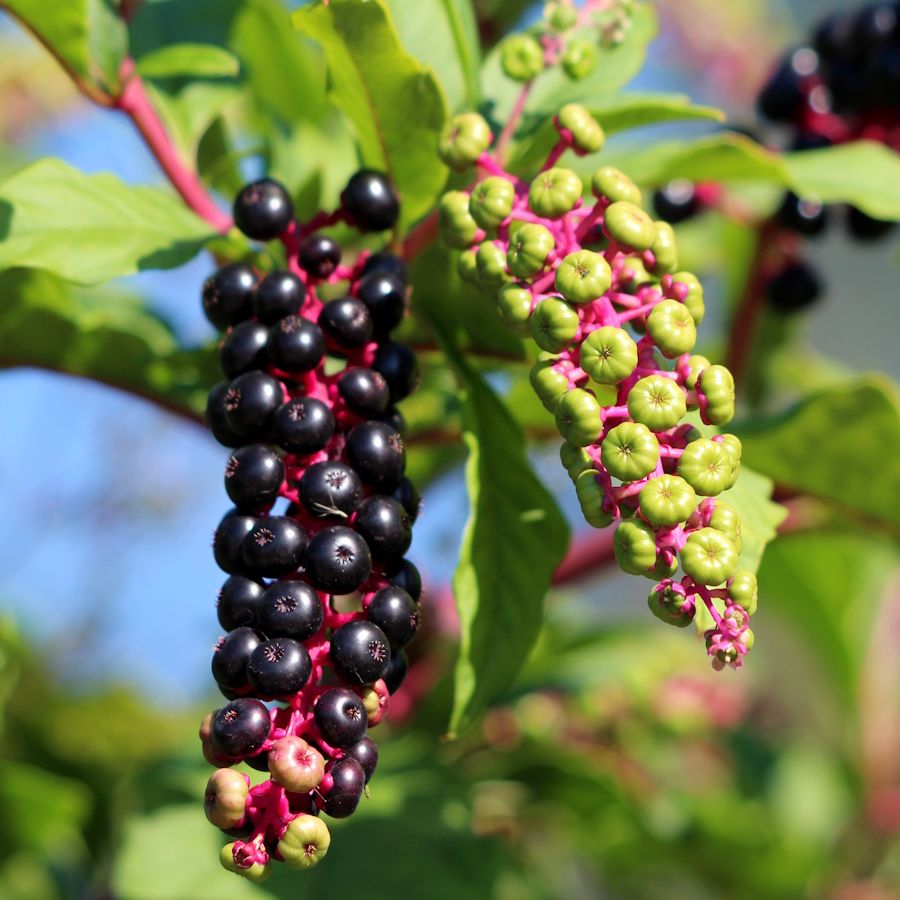
9. How to Safely Remove Pokeweed from Your Property
Because pokeweed is a hardy perennial, removing it requires persistence. Here’s how to do it right:
-
Wear protective gear — gloves, long sleeves, and eye protection.
-
Dig out the entire root, as leaving any piece behind allows it to regrow.
-
Dispose of the plant in sealed trash bags — never compost it.
-
Check regularly for regrowth, especially in spring.
If you’re dealing with a large infestation, consult local environmental or weed control services for safe removal options.
10. What To Do If You’ve Been Exposed
If someone eats or comes in contact with pokeweed:
-
Do not induce vomiting unless advised by medical professionals.
-
Rinse the mouth thoroughly with water.
-
Wash affected skin with soap and water.
-
Seek immediate medical help or call Poison Control (in the U.S., 1-800-222-1222).
Quick response is key — symptoms can worsen rapidly.
11. Why You Should Keep Your Distance
In short: pokeweed is one of those plants that looks harmless - even inviting - but is deceptively dangerous.
Its rich color, bold form, and fast growth may make it tempting to keep around, but the risks far outweigh the beauty. The toxins don’t just threaten humans, but also pets, wildlife, and livestock.
Keeping your distance - and knowing how to recognize and remove it - is the best way to protect your family and environment.
Final Thoughts
Pokeweed reminds us that nature’s beauty can sometimes hide danger. While it plays a small role in ecosystems as a food source for certain birds, it’s a plant that requires respect and caution.
So next time you’re out for a walk and spot those shiny purple berries, resist the urge to pick them. Appreciate from afar — and let this wild beauty stay wild.
Because sometimes, the best way to live in harmony with nature… is simply not to touch. 🌿
News in the same category


The Hidden Dan.ger in Your Lipstick: What You Need to Know About Cadmium Contamination

She Ignored These 5 Symptoms — Now She’s Battling Stage 4 Colon Can.cer
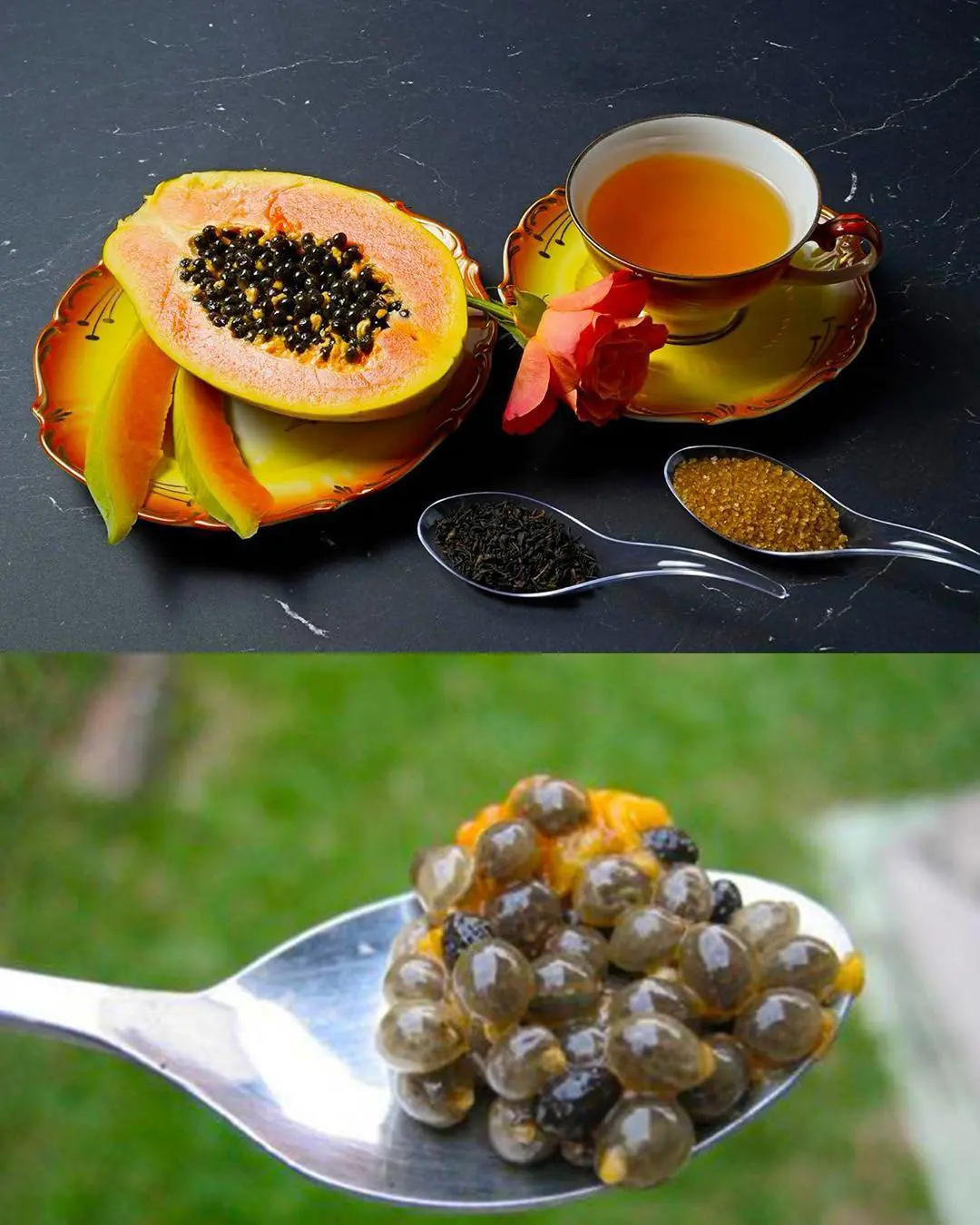
Don’t Throw Them Away - The Incredible Health Perks of Papaya Seeds You Need to Know
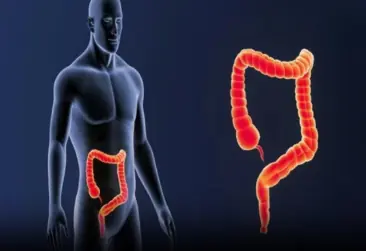
5 Signs of Appendicitis You Should Not Ignore

What You Need to Know About Vitamins and Supplements for Heart Health

Nothing ki:lls faster than your own mind. Don’t stress about things that are not under your control

5 Common Causes That Can Increase Your Risk of Liv.er Disease

4 Early Warning Signs of a Stroke That Occur 15 Minutes Before It Happens

Dentist-Approved: The Right Way to Eat Fruit to Prevent Cavities
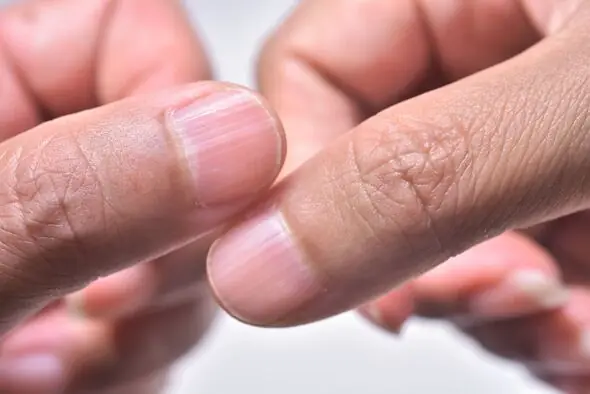
Observe Your Nails to Detect Health Issues

5 Morning Habits That Silently Dam.age Your Kid.neys
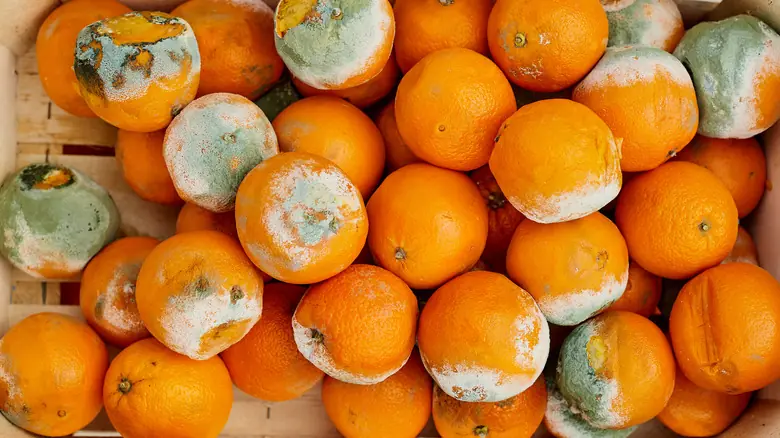
U.S. Professor Reveals 3 Types of Foods That Contain Dangerous Tox.ins and May Cause Can.cer

6 groups of people shouldn't drink coconut water

Do Not Ignore These 10 Warning Signs That Your Kidneys May Be In Danger
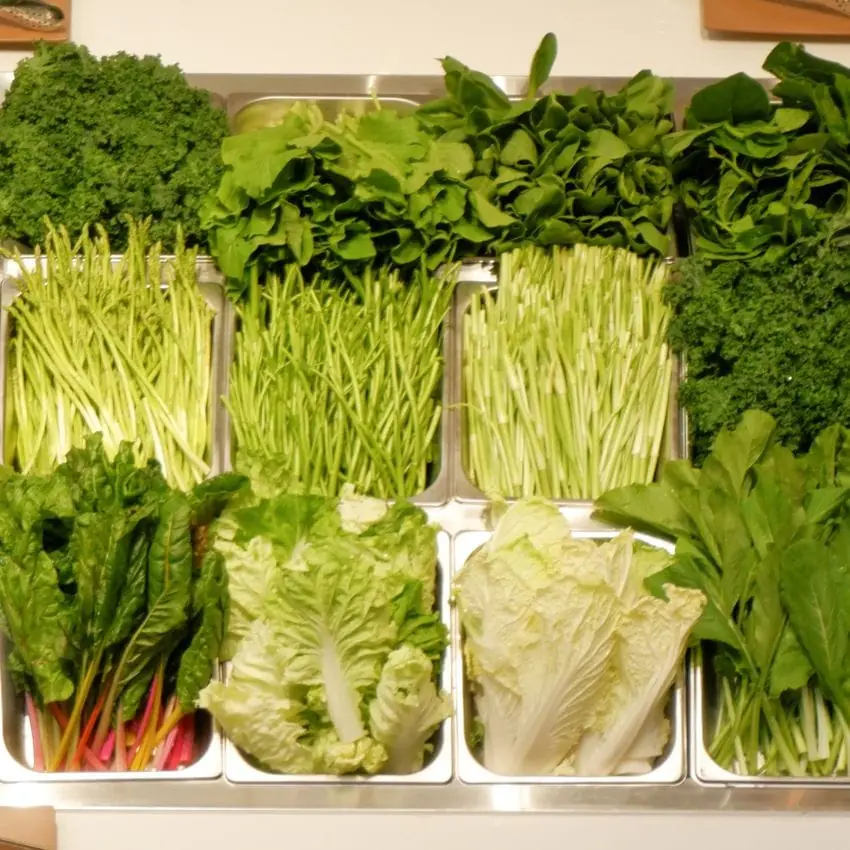
6 Vegetables That Help Regulate Bloo.d Lipids Naturally

What Happens When You Eat Too Much Red Meat?

Cancer is painless at first, but if you see 8 signs when going to the toilet

Symptoms of end stage kidney can,cer
News Post

Pine Cone Syrup: A Simple Beginner’s Guide to Its Benefits, Recipe, and Everyday Uses

The Hidden Dan.ger in Your Lipstick: What You Need to Know About Cadmium Contamination

She Ignored These 5 Symptoms — Now She’s Battling Stage 4 Colon Can.cer

Here’s What Really Happens When You Sleep with Socks On

Don’t Throw Them Away - The Incredible Health Perks of Papaya Seeds You Need to Know

The Heroic WWI Homing Pigeons That Saved Countless Lives

This Cucumber Lemonade Will Change the Way You Think About Summer Drinks

Our Rescue Dog Found an Unconscious Older Lady in the Woods – What We Learned About Her Changed Everything

5 Signs of Appendicitis You Should Not Ignore

What You Need to Know About Vitamins and Supplements for Heart Health

11 Grilled Corn Secrets Your Taste Buds — and Your Doctor — Don’t Want You to Ignore

Nothing ki:lls faster than your own mind. Don’t stress about things that are not under your control

5 Common Causes That Can Increase Your Risk of Liv.er Disease

4 Early Warning Signs of a Stroke That Occur 15 Minutes Before It Happens

Dentist-Approved: The Right Way to Eat Fruit to Prevent Cavities

3 Dinner Swaps That Keep You Full and Speed Up Fat Loss

Observe Your Nails to Detect Health Issues

5 Morning Habits That Silently Dam.age Your Kid.neys
